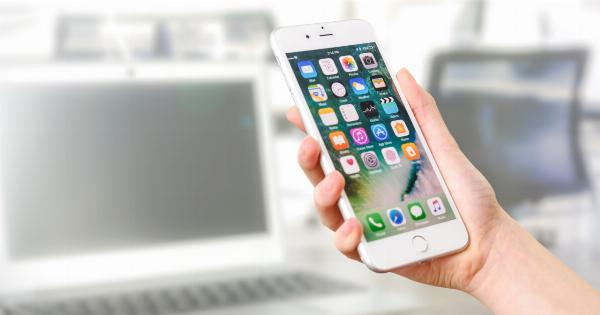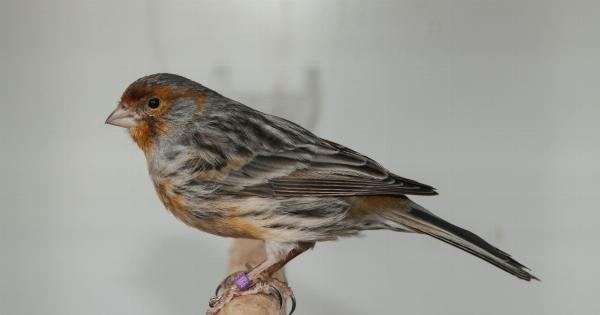Glaucoma is a progressive eye disease that damages the optic nerve and can lead to permanent vision loss. It is estimated that over 3 million people in the United States have glaucoma, and it is the second leading cause of blindness worldwide.
The current treatments for glaucoma include eye drops, laser therapy, and surgery. However, these treatments can be burdensome and may not effectively manage the disease.
But what if there was a better way to manage glaucoma? Smart contact lenses have emerged as a potential solution to revolutionize the treatment of glaucoma.
These contact lenses are equipped with sensors that can monitor the pressure inside the eye, which is a key factor in the development and progression of glaucoma.
How do Smart Contact Lenses Work?
Smart contact lenses have tiny wireless sensors embedded in the material of the lens. These sensors can measure the intraocular pressure (IOP), which is the pressure inside the eye.
High IOP is one of the main indicators of glaucoma and can damage the optic nerve over time. By continuously monitoring IOP, smart contact lenses can detect changes in pressure and alert the wearer and their doctor of any concerning fluctuations.
Smart contact lenses can transmit data wirelessly to a smartphone or other device, allowing patients and healthcare professionals to track IOP over time.
This data can also be used to adjust glaucoma treatment plans and ensure that the disease is being effectively managed.
The Advantages of Smart Contact Lenses for Glaucoma Patients
There are several advantages of smart contact lenses for the management of glaucoma.
Non-Invasive Monitoring
Smart contact lenses can monitor intraocular pressure non-invasively. Unlike traditional methods of measuring IOP, such as tonometry, smart contact lenses do not require the use of eye drops or other invasive procedures.
This can be particularly beneficial for patients who find traditional methods of monitoring IOP uncomfortable or inconvenient.
Continuous Monitoring
Smart contact lenses can measure IOP continuously, allowing for more accurate and timely detection of changes in pressure. This can help healthcare professionals identify early signs of glaucoma progression and adjust treatment plans accordingly.
Improved Treatment Adherence
One of the biggest challenges in managing glaucoma is ensuring that patients adhere to their treatment plans.
Smart contact lenses can help improve treatment adherence by providing patients with real-time feedback about their IOP and reminding them to take their medications or attend follow-up appointments.
Greater Convenience
Smart contact lenses can provide greater convenience for glaucoma patients by eliminating the need for multiple doctor visits or manual measurements of IOP.
Patients can simply wear the contact lenses and track their IOP from the comfort of their own home.
The Future of Glaucoma Treatment
Smart contact lenses represent a promising new frontier in the treatment of glaucoma. With the ability to monitor IOP continuously and non-invasively, these contact lenses could significantly improve the management of this progressive eye disease.
However, there are still challenges that must be addressed before smart contact lenses can become widely adopted as a glaucoma management tool.
These include issues related to cost, privacy, and the need for further research on the effectiveness of smart contact lenses in the long-term management of glaucoma.
Conclusion
Glaucoma is a serious eye disease that affects millions of people worldwide. Smart contact lenses are emerging as a potential solution to improve the management of glaucoma by providing continuous and non-invasive monitoring of IOP.
With the ability to track changes in pressure over time and improve treatment adherence, smart contact lenses could have a significant impact on the lives of glaucoma patients.




























